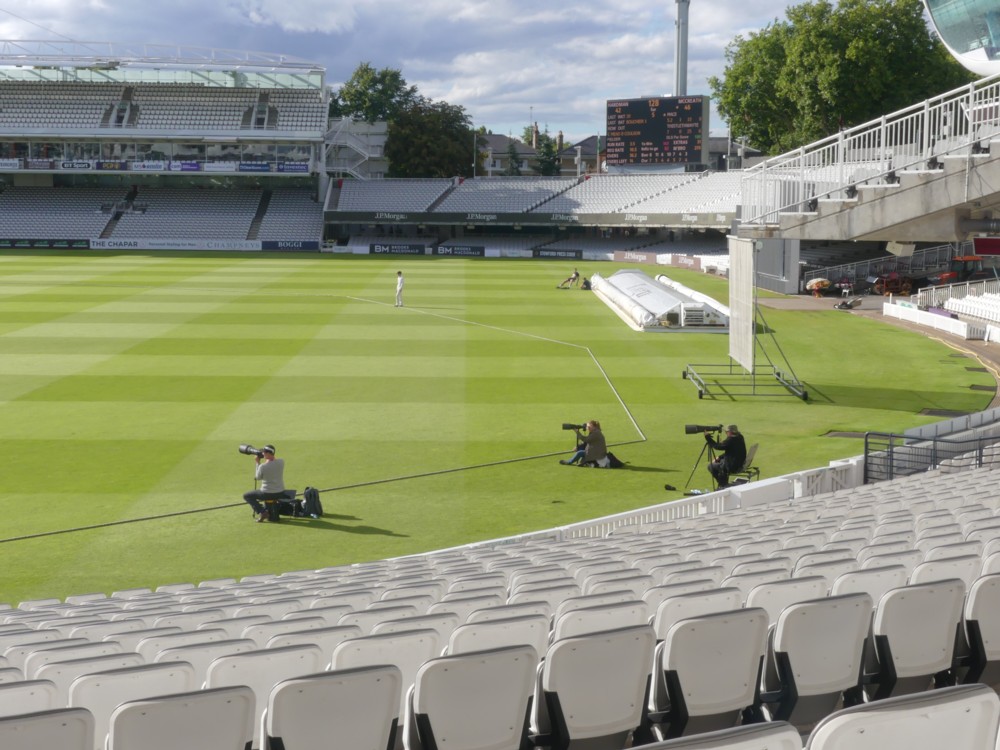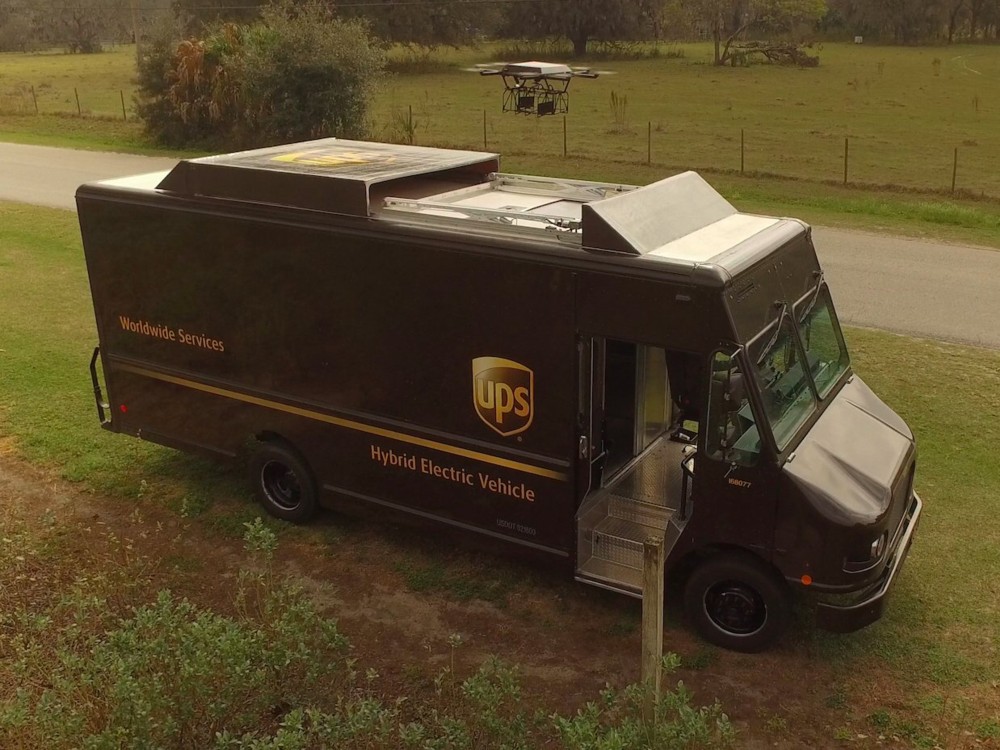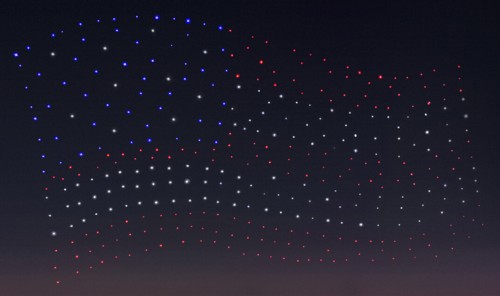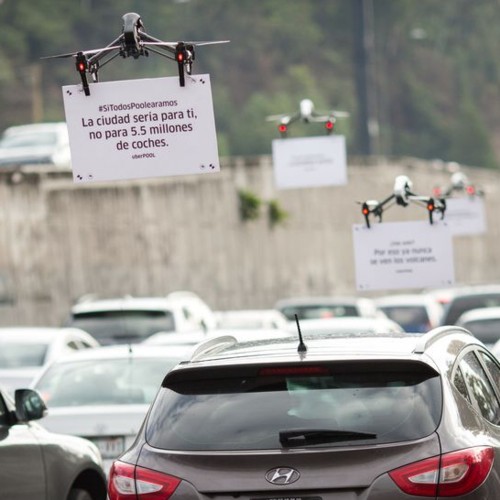One of the many things I like about watching cricket on the television, along with things like that I can see properly what is going on, is that in between overs, those high-up cameras often look beyond the cricket, to the surroundings beyond, a process which is especially appealing if the game is being played in London.
As last weekend’s Cricket World Cup Final was, at Lord’s:
That’s a photo I just snapped off of the TV, with a camera.
Let’s see if I can do better, by putting one of the three DVDs I made of the Final with my TV recording machine, into my computer, and then do a screen scan. It helps a lot having the score, because that way I can quickly find the same shot.
Here we go:
A bit better, I think. Not a lot, but a bit.
In the foreground there is Regent’s Park. but the particular thing I like is the way the BT Tower aligns with the Shard. The BT Tower even manages to place itself between the Shard and Guy’s Hospital.
Here’s another Lord’s photo, that I photoed myself on a more sedate Lord’s occasion. Rugby v Marlborough, on August 12th 2017:
I took that from the top of the big new stand which has a roof on it like a big tent. You can see the same alignment, of the Strata (the one with three holes in the top) and the Wheel, in the TV shot above. What this tells me is that the TV shot was taken from a lot higher up, and off to the left as we look. So, on a crane, standing at the Media Centre end.
Here is a photo of some Real Photographers …:
… whom I photoed that same day, minutes after that earlier photo. Lord’s was not exactly buzzing that day, was it? Anyway, I’d like one of those Real Photographers to be sent up to the top of the crane where the TV people took their shot from, and take some extra good stills of the same BT Tower/Shard alignment.
Alas, they probably wouldn’t be that interested. Plus, nowadays you can probably do everything you want along such lines with drones.
That earlier game, described here, had one thing very much in common with the recent World Cup Final game, which was this:
Neither side deserved to lose and cricket was very much the winner …
It was indeed a terrific contest, even if only a tiny few people watched it, compared to the crowd last Sunday, at the ground and on TV.







